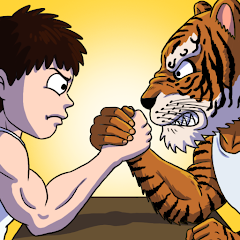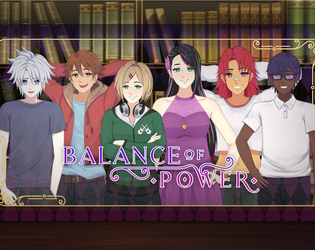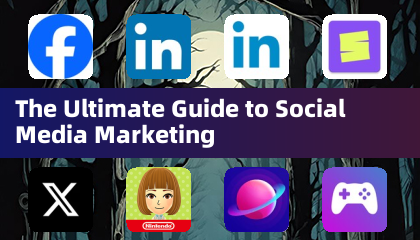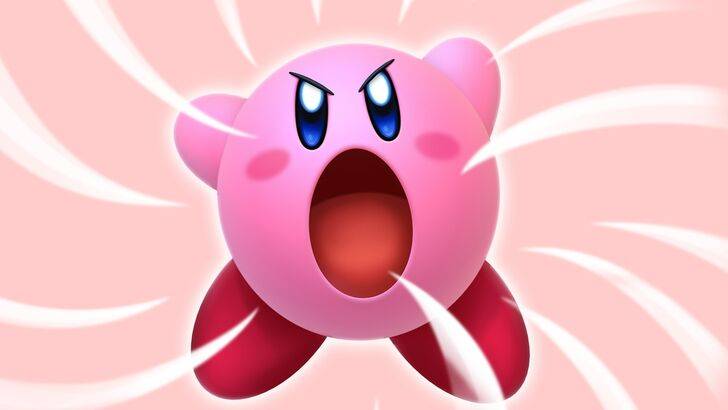
Former Nintendo employees shed light on the intriguing differences between Kirby's American and original Japanese image. Discover why Kirby's marketing shifted for Western audiences and learn about Nintendo's evolving global localization approach.
"Angry Kirby": A Marketing Strategy
Rebranding Kirby for Western Appeal
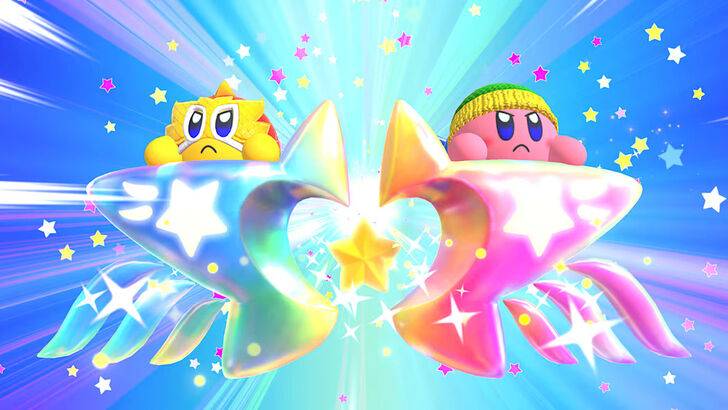
Kirby's portrayal on Western game covers and artwork—often dubbed "Angry Kirby"—was intentionally made more fierce and determined. In a January 16, 2025, Polygon interview, former Nintendo Localization Director Leslie Swan explained this decision. Swan clarified that the goal wasn't to make Kirby angry, but to project determination. She noted the popularity of cute characters across all ages in Japan, contrasting it with the preference for tougher characters among American tween and teen boys.
Kirby: Triple Deluxe Director Shinya Kumazaki corroborated this, telling GameSpot in 2014 that while cute Kirby resonated most strongly in Japan, a "strong, tough Kirby" better appealed to US audiences. However, he also pointed out the variability, citing Kirby Super Star Ultra's tougher Kirby on both US and Japanese box art. He emphasized the intention to highlight Kirby's serious side through gameplay, acknowledging the enduring power of Kirby's cuteness in the Japanese market.
Marketing Kirby as "Super Tuff Pink Puff"

Nintendo's marketing consciously aimed to broaden Kirby's appeal, particularly to boys. This led to the memorable "Super Tuff Pink Puff" branding for Kirby Super Star Ultra on the Nintendo DS in 2008. Former Nintendo of America Public Relations Manager Krysta Yang explained that this reflected Nintendo's desire to shed its "kiddie" image during that era. She highlighted the prevailing pressure to achieve a more "adult/cool" factor within the gaming industry, emphasizing that the "kiddie" label was detrimental to sales.
This marketing shift involved portraying Kirby as tougher and emphasizing the combat elements of the games to attract a wider age range. In recent years, promotional materials, such as those for Kirby and the Forgotten Land (2022), have prioritized gameplay and abilities over focusing solely on Kirby's personality. Yang acknowledged the ongoing effort to create a more well-rounded character but noted that Kirby's "cute" image remains dominant in public perception.
Nintendo's US Localization of Kirby
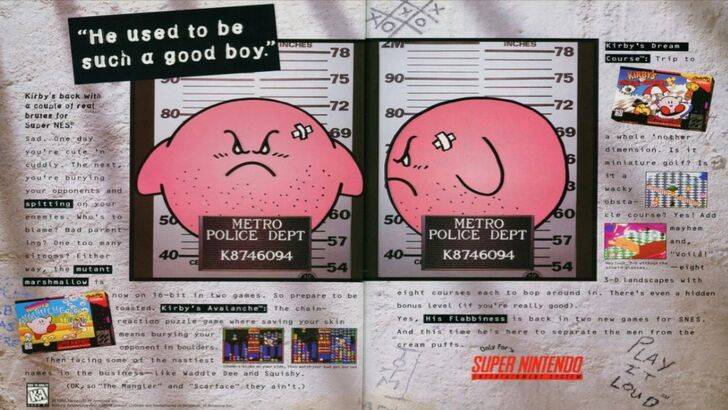
The divergence in Kirby's localization between Japan and the US began with a notable 1995 "Play It Loud" campaign advertisement featuring Kirby in a mugshot. Subsequently, Kirby's facial expressions varied across game box art. Games like Kirby: Nightmare in Dream Land (2002), Kirby Air Ride (2003), and Kirby: Squeak Squad (2006) showcased Kirby with sharper eyebrows and more intense expressions.
However, facial adjustments weren't the only changes. The original 1992 Game Boy release of Kirby's Dream Land featured a ghostly-white Kirby on the US box art, unlike the pink original. Due to the Game Boy's monochrome screen, US players only saw Kirby's pink hue with the 1993 NES release of Kirby's Adventure. Swan explained that this color discrepancy presented a challenge, as a "puffy pink character" wasn't perceived as commercially viable for a broader, particularly male, audience.
This ultimately led to the alteration of Kirby's facial expression on US box art to enhance appeal. Recently, global marketing has become more consistent, with Kirby's image alternating between serious and cheerful expressions.
Nintendo's Global Approach
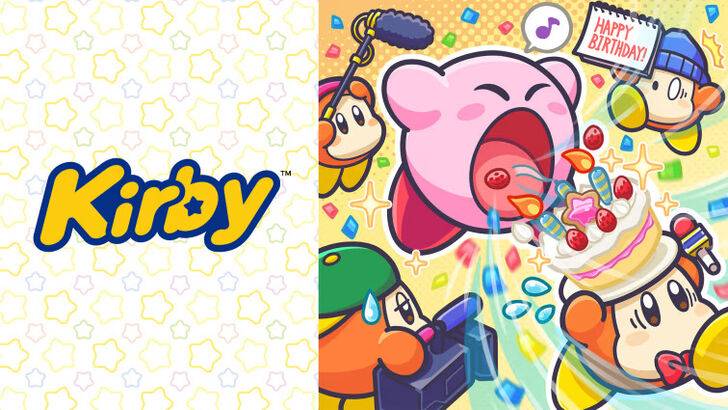
Swan and Yang concur that Nintendo has adopted a more global perspective in recent years. Closer collaboration between Nintendo of America and the Japanese office has resulted in more consistent marketing and localization. The company is moving away from regional variations like the differing Kirby box art and avoiding situations similar to the 1995 "Play It Loud" advertisement.
Yang noted that the global audience itself hasn't changed, but the business strategy has shifted toward global marketing. This offers consistency but potentially overlooks regional nuances, potentially leading to "bland, safe marketing." However, the current localization trends, or lack thereof, are also attributed to the industry's overall globalization and the growing familiarity of Western audiences with Japanese culture.

